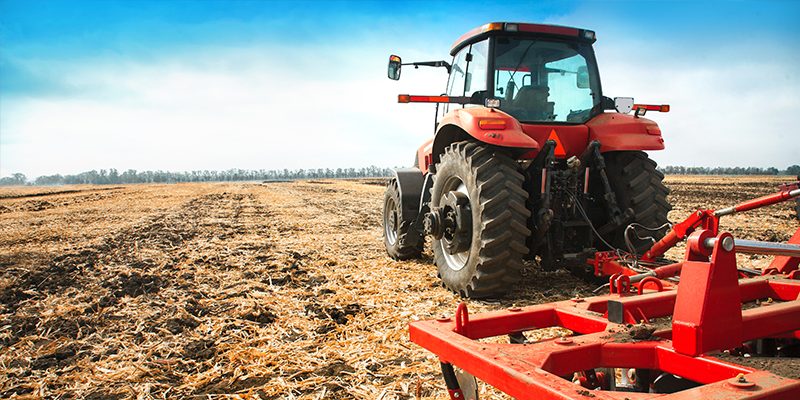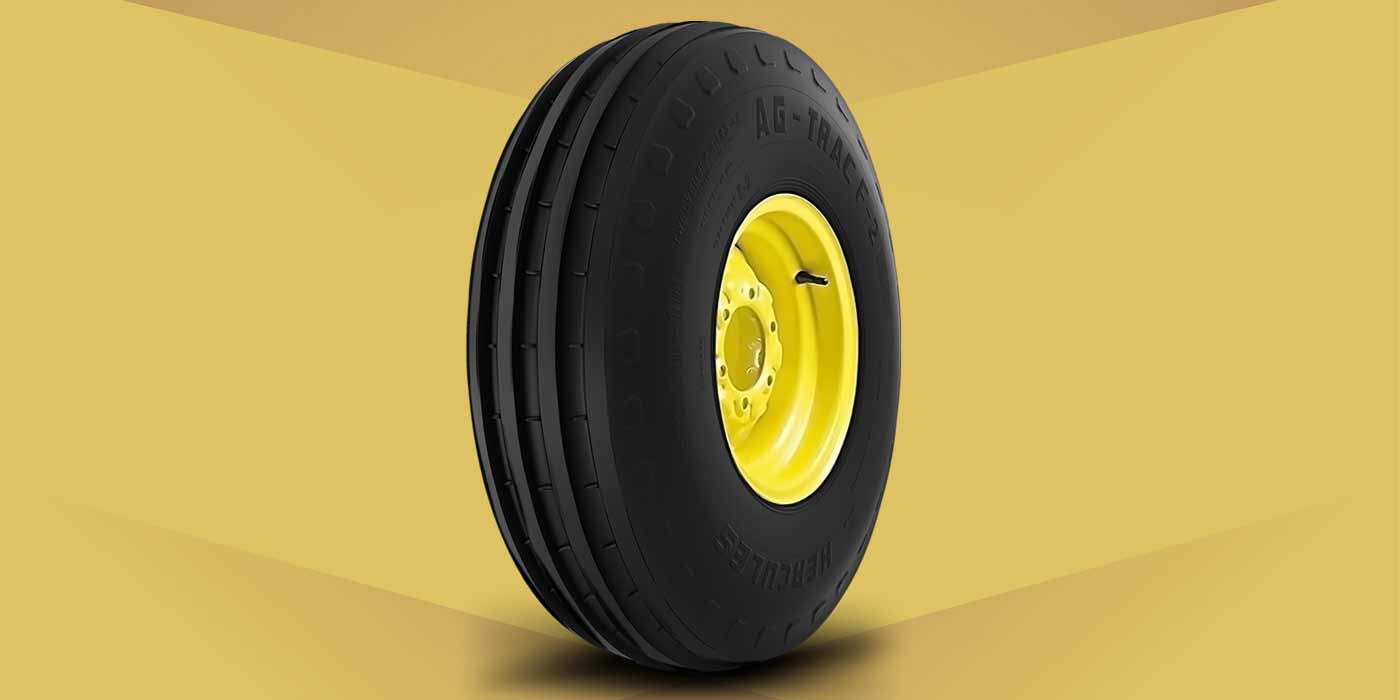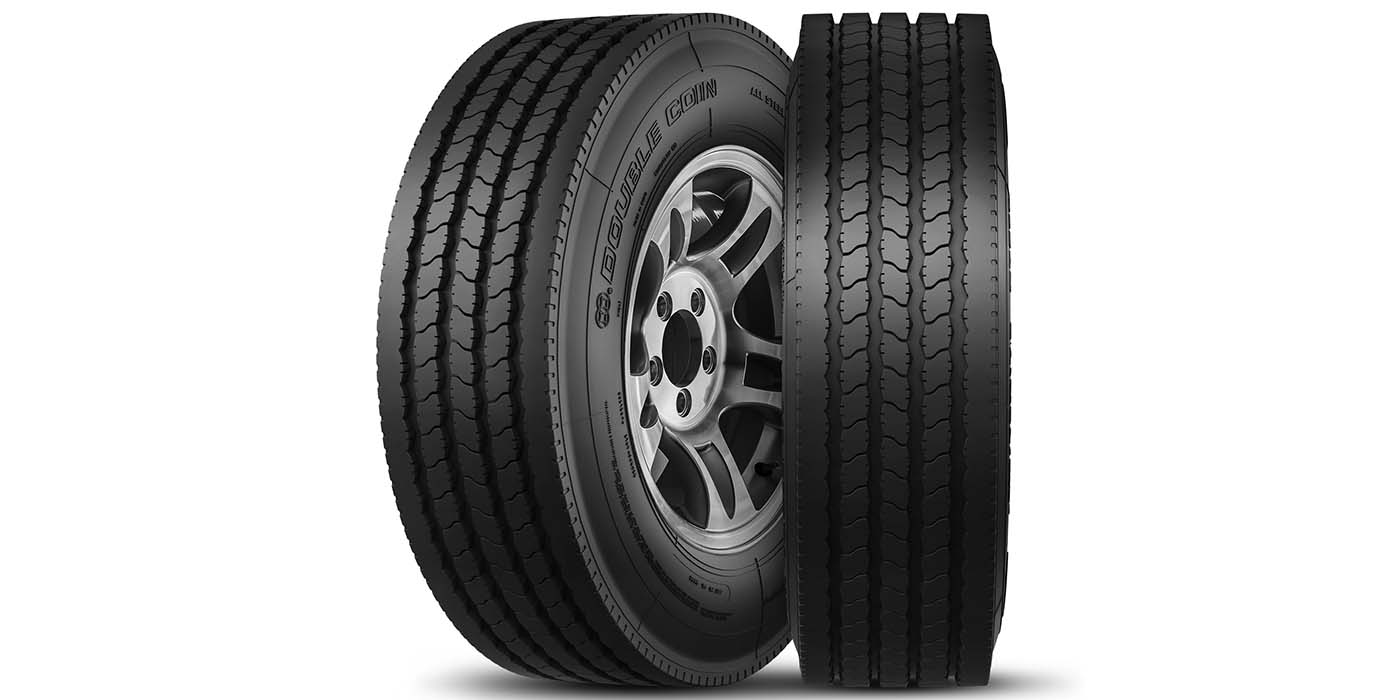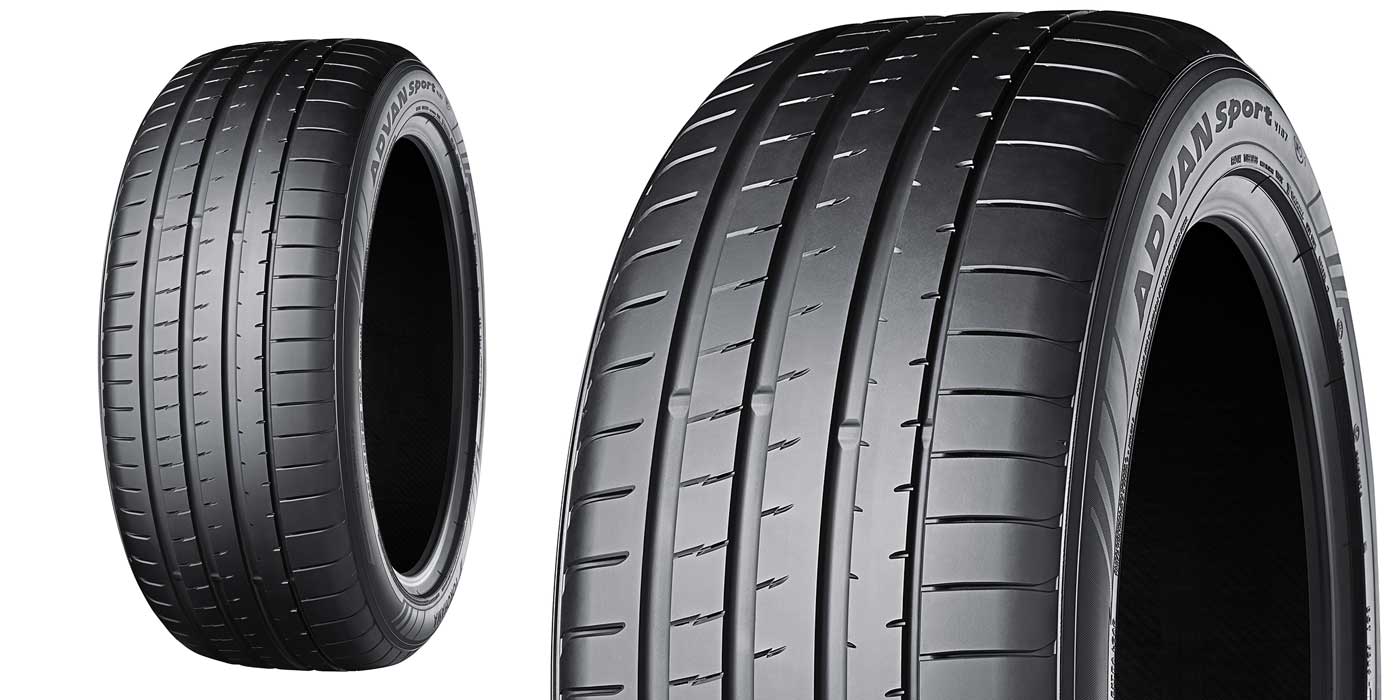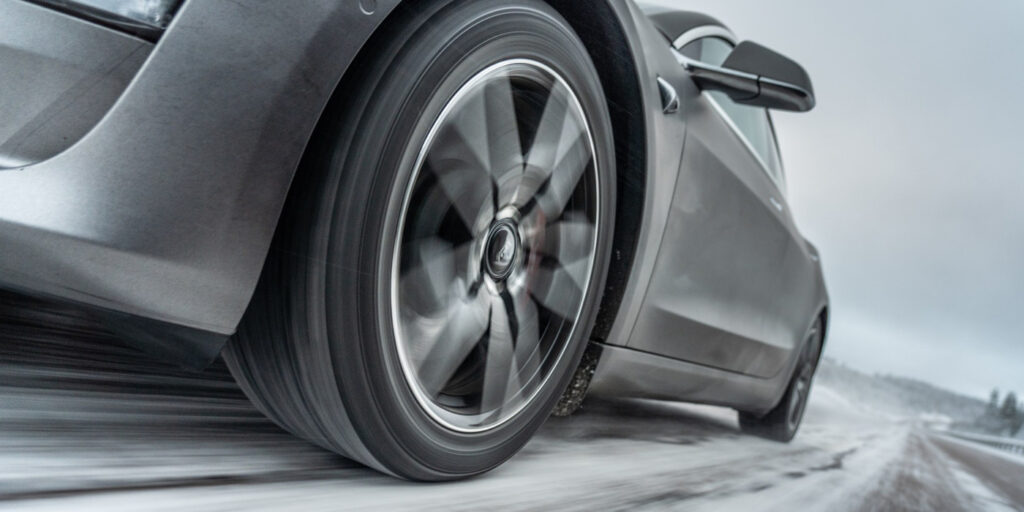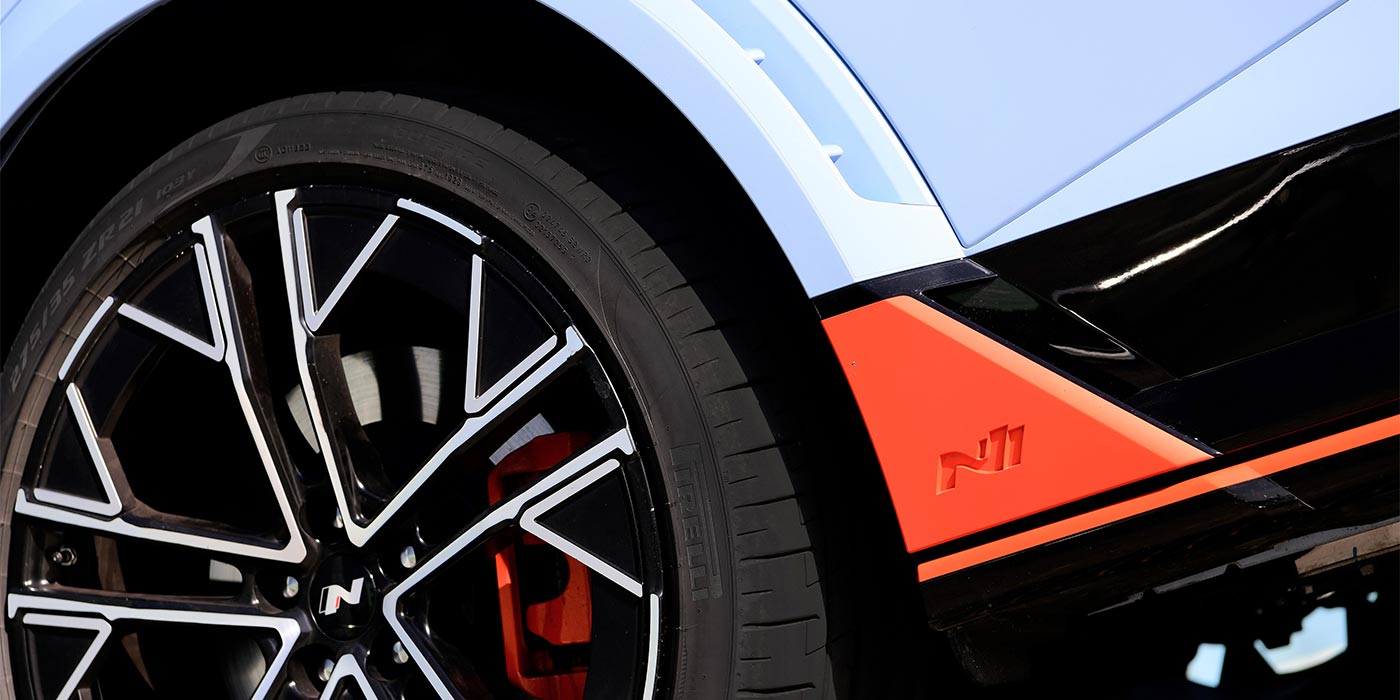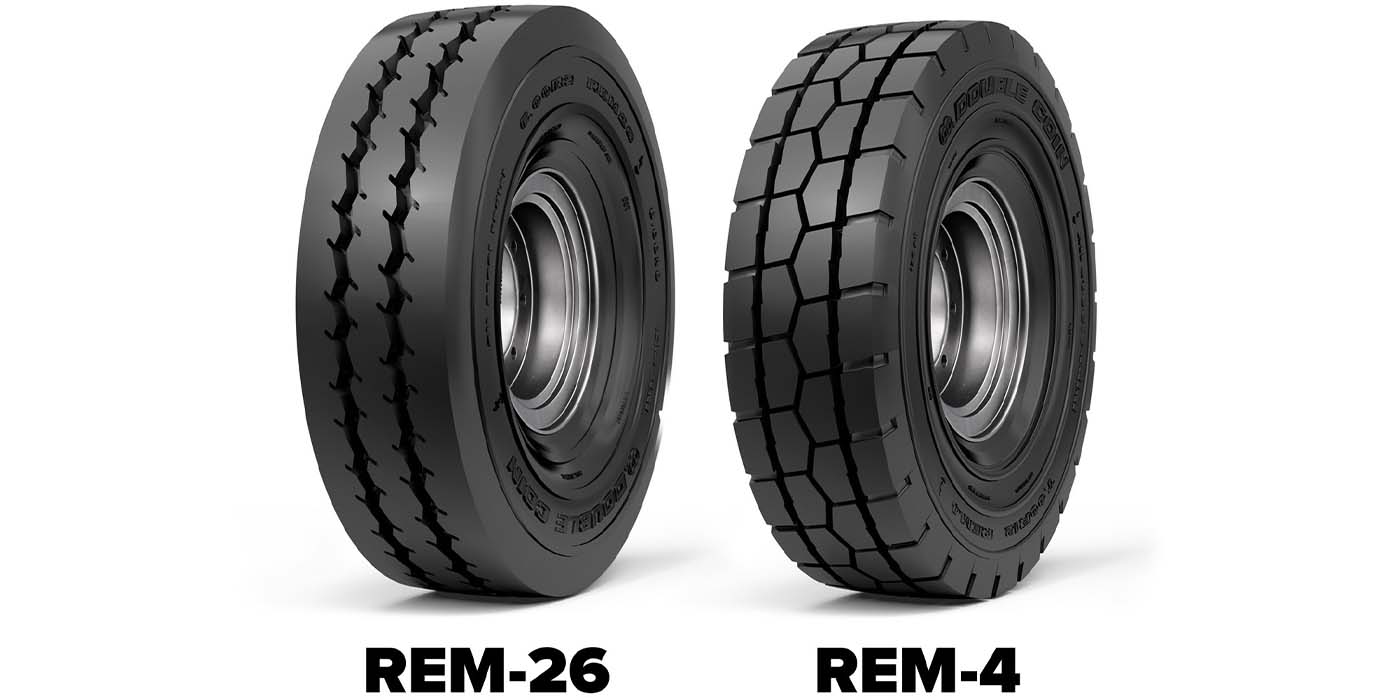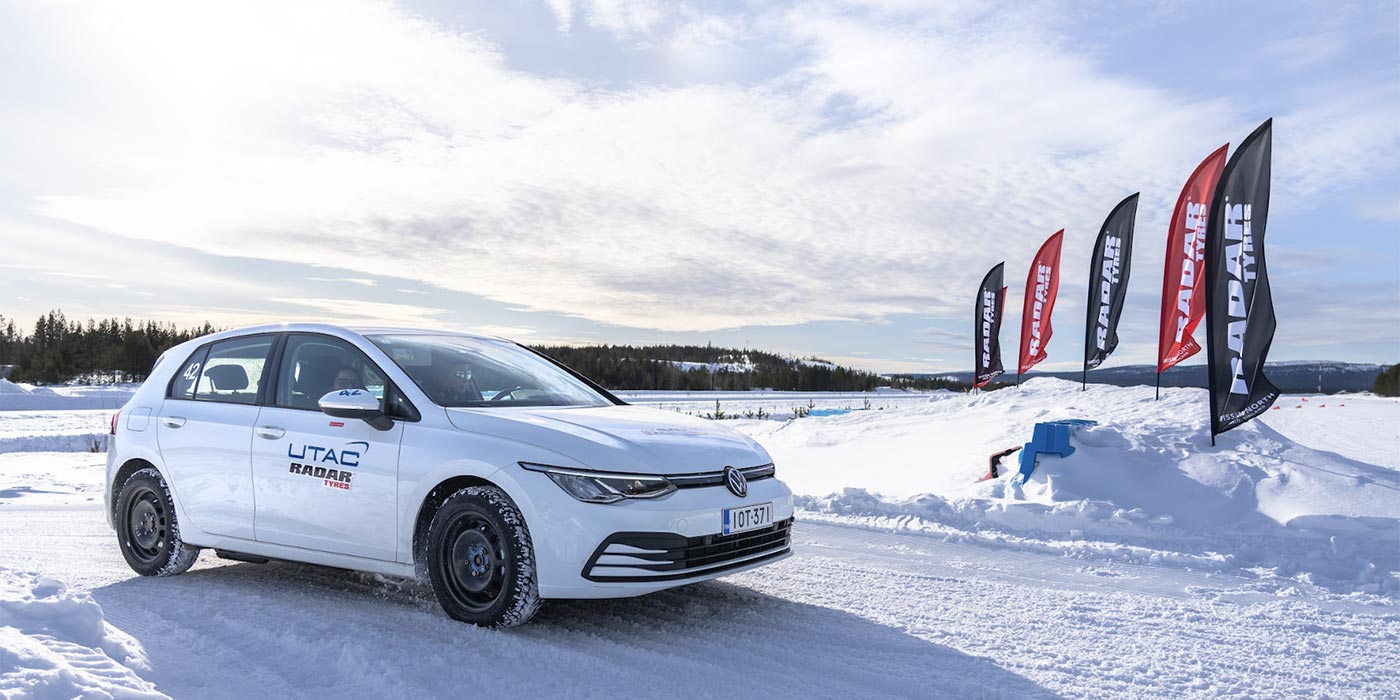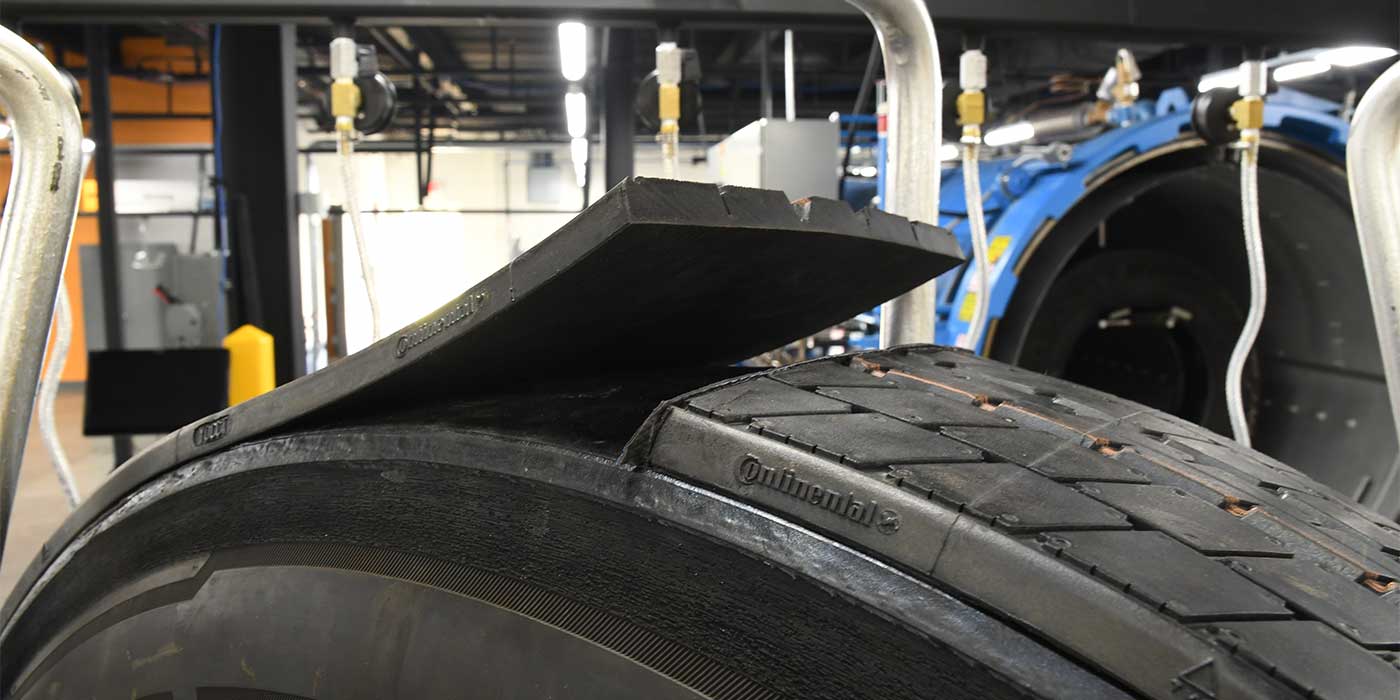While some talk about the weather as having some impact on the passenger tire business, with farming, it’s always all about the weather. Even though we can’t control Mother Nature, by observing the changing patterns, we can prepare for what the weather has to offer and better serve your agricultural customers.
So far in 2018, western Oklahoma and the Texas Panhandle are facing an exceptional drought, which is having an impact on yield potential. Spring freeze damage also didn’t help much, and the lack of rain is expected to further slow crop recovery.
Chilly, wet conditions in parts of the south have Louisiana rice farmers planting late, working hard to catch up and get their fields planted in time to keep up with the season. And across the Midwest, after a snowy start to the planting season, earlier delays now have farmers making tremendous strides to get their crops planted and growing, especially corn and soybeans. Further north in Minnesota and North and South Dakota, cool soil temperatures are also causing delays to the planting season.
What does all this talk about weather mean to the tire dealer? Weather means dealers are going to have to be prepared to provide options to meet the changing needs of the farmer. There is no “one tire fits all” silver bullet tire in the ag tire industry. Different weather conditions require different products and strategies, and that can be the fine line between success and failure.
It also opens an opportunity for you to offer a point of differentiation over your competition with the products and services you provide.
Dry Conditions
When it’s dry, spring work can go by quickly and seamlessly, with few problems. But there are many factors that a dealer needs to consider. Dry conditions cause the likelihood of stubble damage in spring tillage or fall harvest, bringing on the need for high-quality tire repairs or outright tire replacement.
Dealers can help their customers by educating them on best practices like correct row spacing or the use of straddle duals on combines to minimize riding on the rows. Also, the use of stubble stompers to knock down the stubble in front of the tires can save precious dollars and downtime for the farmer.
MORE COVERAGE: Take a look at Tire Review’s latest issue
Wet Conditions
A wet spring or fall causes saturated farming conditions where a normal tractor or combine setup will be ineffective in the field. What will be needed is an additional tractive footprint at the lowest possible air pressure to enable the farmer to get into the field.
This can be accomplished a couple of ways:
1) Going from narrow to wider tires to increase flotation and footprint; or
2) The addition of duals or triples to accomplish the same as above in row crop applications.
In either case, it will require the farmer to buy additional tires and wheels from the dealer. That is why it is important for tire dealers to be experts at both tires and wheels; if they are, the farmers will rely on them to fulfill all of their needs. You wouldn’t recommend changing oil without also changing the filter, right? A change in the set up means that the air pressure in the tire will have to change.
Inflation Pressure
Medium truck or passenger tires don’t have a monopoly on air pressure. It is as vitally important in ag tires as it is for commercial truck or UHP tires. In all conditions – wet or dry – it is very important to have the optimal air pressure in the tire. When I say optimal, that means having the correct inflation pressure to match the load. In dry conditions, you will get the most traction and the least compaction with the greatest fuel economy when the air pressure is matched to the load.
As you go to wider tires or are adding tires for duals and triples, it will require adjusting the inflation pressure to meet the load to accomplish the same as above. Provide the extra service and education to make farmers aware of the needed air pressure. This can be done in a variety of ways. It can be as simple as a sticker placed near the wheel positions for ready reference. And be sure that sticker has the tire dealership name and phone number on it for easy recall as needed.
Opinions may vary about the best tire pressure for different weather conditions and field conditions. Having tires set at the wrong inflation pressure can be a costly mistake – one that you can help your customers prevent from happening. The right tire pressure allows for a larger footprint, reduces tire slip, minimizes soil compaction, lowers maintenance costs with a longer tire life, and it’s easier on the equipment and the operator.
The right pressure also results in lower fuel costs, which is becoming an increasing concern among your customers. Training your team on how to recommend the optimum tire inflation pressure (based on factors such as horsepower, weight distribution between axles, etc.) can go a long way in being a high-value partner to your customers.
Making it Rain
According to many global analysts, the ag tire business is anticipated to be a good one through 2022. A recent report from TechSci Research says, “Global agriculture tire market stood at $ 5.4 billion in 2016, and is projected to reach $ 8.25 billion by 2022, on account of increasing use of machineries and equipment in the agriculture sector coupled with continuing agricultural sector growth across the globe.”
However, here in the U.S., the market in 2017 was reportedly flat, though there is optimism for a brighter 2018. As the fields are now planted and the crops begin to grow, sunny days are anticipated for both farmers and their trusted tire dealers in the months ahead. TR

